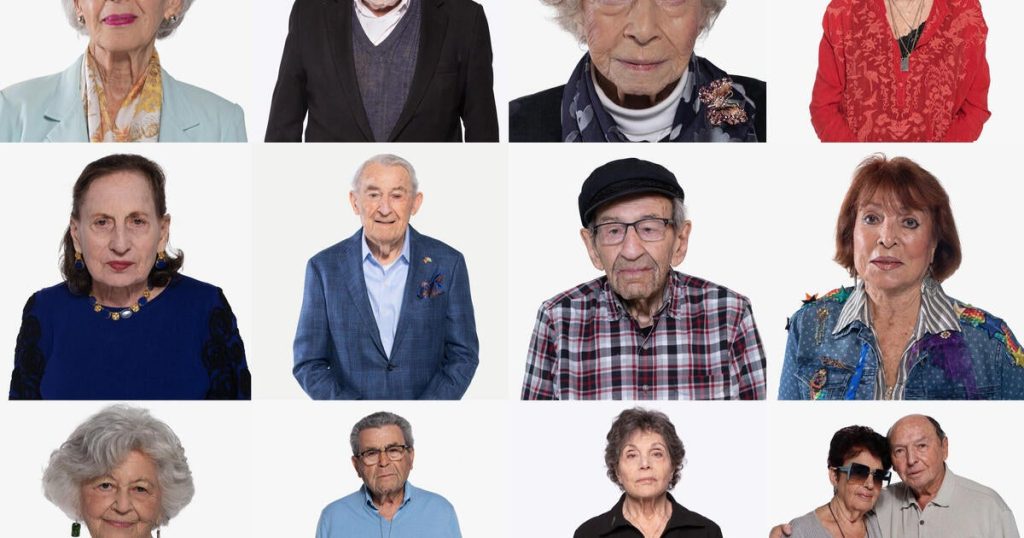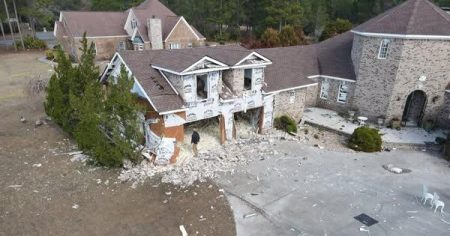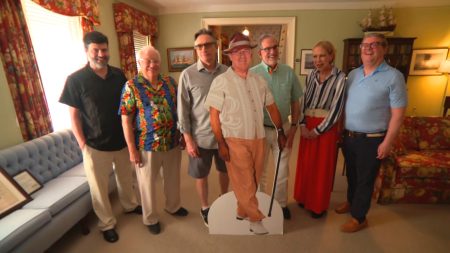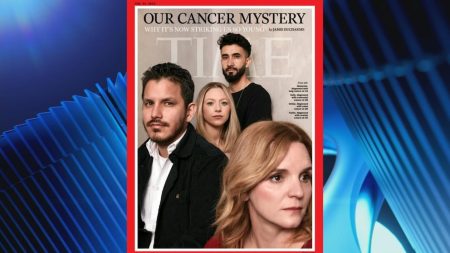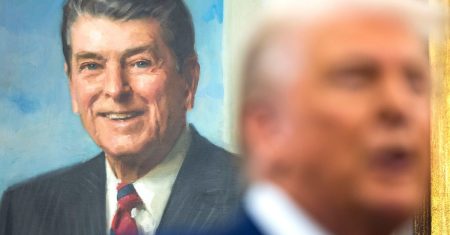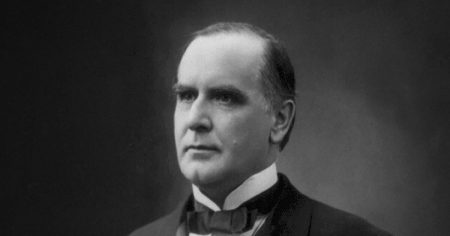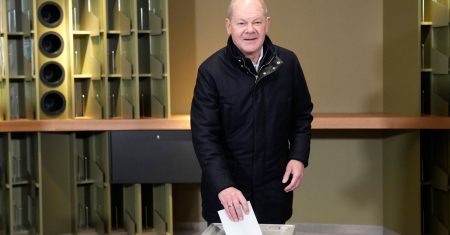Holocaust Survivors: The Power of Their Stories in a Modern World
In Miami, a unique photo shoot took place, not featuring fashion models, but Holocaust survivors. These individuals, though not professional models, embody courage, resilience, and grace, shaped by one of history’s darkest periods. The project, led by photographer Gillian Laub, aims to capture the stories of these survivors before they are lost to time. Each participant, such as Judy Rodan, Miriam Klein Kassendorf, and David Schecter, shares harrowing tales of survival, highlighting the urgency of preserving their histories.
The Mission of the Survivors: A Duty to Remember
For survivors, sharing their stories is not just a choice but a mission. Kassendorf reflects on her father’s words, urging her to tell the world, while Schecter emphasizes the importance of educating future generations. Their testimonies serve as a beacon of hope and a reminder of the atrocities they endured. Laub’s project, Live2Tell, documents over 300 survivors, capturing their strength and resilience, providing a visual testament to their enduring spirit.
Public Art: Amplifying Survivor Stories
Laub’s bold initiative extended beyond the studio, projecting survivor portraits in New York City and Miami, including iconic landmarks like the Brooklyn Bridge. This guerrilla art project, done without permission, brought survivor stories into the public eye, sparking dialogue and awareness. Survivors like Pearl Field expressed gratitude for Laub’s dedication, recognizing the impact of her work in keeping their memories alive.
The Impact of Current Events on Holocaust Survivors
Recent global events, such as those in October 2023, have rekindled painful memories for survivors, prompting many to share their stories anew. Kassendorf and Schecter describe the profound emotional impact, underscoring the ongoing relevance of their experiences. Their stories serve as a warning against rising antisemitism and the dangers of forgetting history.
The Importance of Remembrance and Education
As Holocaust awareness wanes, with many underestimating the number of victims and unable to name concentration camps, Laub’s work becomes crucial. Reflecting on her own past, Laub regrets not fully engaging with her grandfather’s stories, highlighting the need for active listening and learning. The project not only documents survivors but also educates future generations, ensuring their stories endure.
Legacy of the Holocaust Survivors: A Message of Hope
The survivors’ legacy is one of hope and defiance, encapsulated in Kassendorf’s Yiddish phrase, "Mir zenen do" ("We are here"). Laub’s project provides a platform for their voices, transforming their suffering into a message of resilience. As the number of survivors dwindles, their stories remain vital, teaching empathy, understanding, and the enduring human spirit. Through their testimonials, they continue to inspire and educate, ensuring their experiences are never forgotten.





